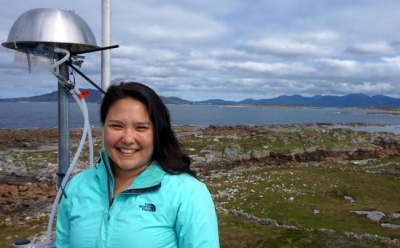
Early career ASR scientist is inspired to make a difference in the world.
Jump back in time and space to about 2005. The location is the small town of Fort Mill, South Carolina. Teenaged Christina McCluskey is on her way to her parents’ local retail clothing shop with saxophone case in hand.
Fast forward a few years, and that same young lady is on the three-hour drive with her dad to freshman orientation at Coastal Carolina University. That’s when she started questioning a career in music. She arrived on campus, and “I literally took five minutes to change my major,” she recalls. “I did okay in mathematics and chemistry in high school, so in the space of minutes, I went from a music major to a chemistry major.”
It was a great choice. During the following years at Coastal Carolina, McCluskey says her view of the world widened, and she became more aware of environmental issues. She graduated from Coastal Carolina with a Bachelor of Science in chemistry in 2011.
That decision to pursue chemistry ultimately led McCluskey to her current role as an atmospheric scientist at the National Center for Atmospheric Research (NCAR) in Boulder, Colorado. She is also is a co-PI in a DOE Atmospheric System Research (ASR) project, “Freezing Processes in Southern Ocean Mixed Phased Clouds,” and she serves as the early career representative on the Atmospheric Radiation Measurement (ARM) user facility’s User Executive Committee (UEC).
“I didn’t understand the importance of the environment until I got to college and learned about sustainability,” says McCluskey. “And when I started learning about climate change, I got really scared. But then, I decided that I had the power to do positive things for the planet using my skill set in chemistry and science to, well, help make a difference in the world, or at least better understand it.”
A Thin Blue Line
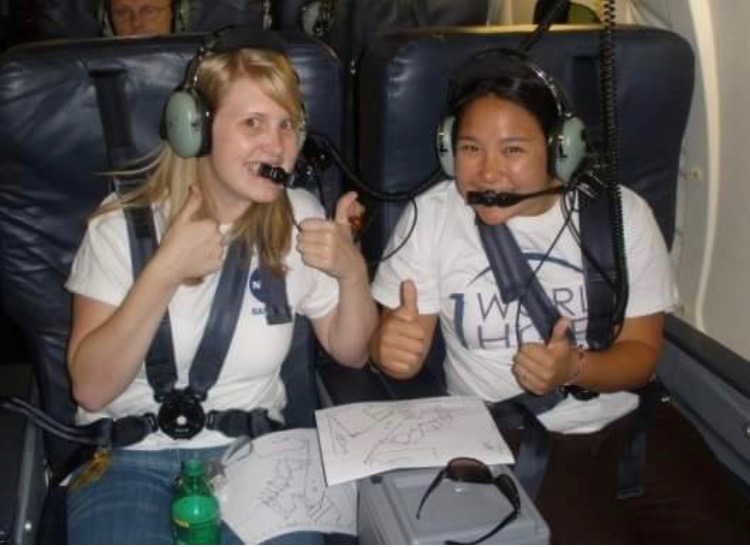
McCluskey says her undergraduate education provided a solid grounding in chemistry and mathematics, leading to an internship with the NASA Student Airborne Research Program. “That program is really cool because it was focused on pulling students from underrepresented universities that don’t have a lot of research opportunities.”
The time with NASA saw McCluskey introduced to fieldwork in atmospheric sciences, fly in NASA research aircraft, and work with instruments in the field. But more than any single experience, it was a presentation by a NASA speaker (name not recalled) that helped set the tone for the rest of McCluskey’s career.
The speaker showed the Earth from space with a thin blue line—the atmosphere—surrounding the planet. The next slide showed an astronaut’s spacesuit that highlighted decades of innovation and technology that allow a human to survive in space. The speaker then said, pointing back to the Earth, “All these things are provided to us for free within this thin blue line.”
The moment was profound for McCluskey. “My mind was blown. How cool is that that we have our atmosphere as our free astronaut uniform to survive in space? It’s insane when you think about it. We have this beautiful planet that we should take care of and understand.”
This enthusiasm, plus a love of fieldwork, helped lead McCluskey to her next stop, Colorado, as an intern in the Colorado State University (CSU) Research Experience for Undergraduates (REU) program. There, she further developed basic research skills and broadened her ideas for her future.
The Evolution of a Scientist
McCluskey’s internship experiences paved the way toward graduate work at CSU (M.S., 2013, and PhD, 2017) and the tutelage of senior research scientist Paul DeMott and professor Sonia Kreidenweis.
“Looking back, I may have been a ‘dream student’ when I arrived because I was so enthusiastic and naive to the possibilities of the research topic—whether air quality, gas-phase chemistry, or whatever was handed to me,” she says. “I was just excited to do fieldwork.”
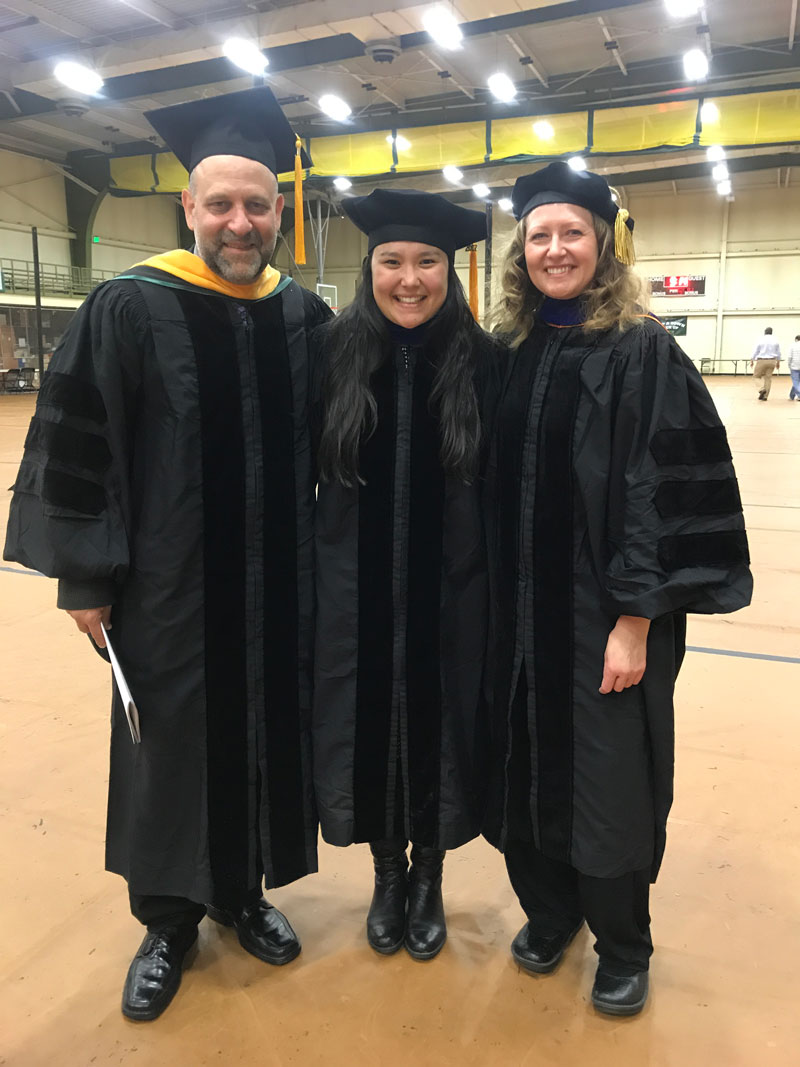
DeMott asked McCluskey to assist on a project on biomass burning aerosol and their influence on cloud ice formation. “My mind was blown,” she says. “I didn’t know anything about cloud microphysics or the complexity of biomass burning aerosol, but I was excited to learn.”
McCluskey next took a deep dive into the study of sea-spray aerosols, which several colleagues at CSU were already investigating. She collaborated with colleagues at the National Science Foundation Center for Aerosol Impacts on Chemistry of the Environment (CAICE) as she began work on her PhD. The research addressed biology in the ocean, sea-spray aerosol formation, chemistry of aerosols, ice-nucleating properties, and impacts on climate. “It’s fascinating to consider interactions between multifaceted atmospheric chemistry, cloud microphysics, and ocean biology,” she says.
“We were pulling the ocean into the laboratory to carefully characterize marine ice-nucleating particles (INPs),” says McCluskey. “With that knowledge, we’re better equipped intellectually in the field to investigate ice-nucleating particles from ocean sources.”
McCluskey credits DeMott for his patience, flexibility, and guidance that evolved over time. “As I became more competent, (DeMott) became more confident in me,” she says. “By the end (of her PhD), I was managing much of my own work.”
McCluskey participated in a small project in western Ireland, where data collected resulted in a parameterization—simplified representation—of marine INPs. The experience led to the lead author role in a 2018 Journal of Geophysical Research: Atmospheres paper on marine and terrestrial organic INPs. It was knowledge and experience she would later take aboard a ship in the pristine environment of the Southern Ocean.
One of her last projects before earning her PhD was deploying and managing instruments on the RV Investigator during the 2016 Clouds, Aerosols, Precipitation, Radiation, and atmospheric Composition Over the southeRn oceaN (CAPRICORN) campaign.
“We know so little about ice nucleation, and there are so few measurements, especially over the Southern Ocean, so everything learned is a new token,” says McCluskey, the lead author on a corresponding 2018 paper in Geophysical Research Letters. “I felt I was constantly on this edge of discovery, and that’s exciting for a young person in research.”
“The observational community spends so many hours and dedicates heart, soul, blood, sweat, and tears into observations for a good reason—to measure the world! How can we make sure that all of this effort, information, and knowledge influences the development of models?” – Christina McCluskey
Move to Modeling
Before starting her PhD work, McCluskey read a seminal 2013 paper that examined the contribution of biogenic particles in marine air (sea-spray aerosol) to ice nucleation, revealing large uncertainties in Southern Ocean INP populations. The lead author was Susannah Burrows of the Max Planck Institute for Chemistry in Germany. Burrows is now an atmospheric scientist at Pacific Northwest National Laboratory (PNNL) in Washington state.
Burrows’ paper was one of the first that McCluskey read before starting her sea-spray aerosol PhD work. The two had crossed paths at conferences and kept in touch. They interacted more in the following months and years as McCluskey developed new parameterizations and collected new field data. That’s when McCluskey learned about the U.S. Department of Energy’s (DOE) Office of Science Graduate Student Research (SCGSR) program—designed to prepare graduates for careers in science, technology, engineering, or mathematics.
Burrows supported McCluskey’s application, and she was awarded an SCGSR fellowship. Soon, the two were working together at PNNL testing parameterizations in the Community Earth System Model to evaluate predictive skill for INPs over pristine ocean regions.
Working with her mentors Burrows and DeMott, McCluskey was the lead author on a 2019 paper that used observations of INPs to inform climate model representations of INPs over the Southern Ocean. “The growth in knowledge over a relatively short period—from Susannah’s 2013 paper to our closure paper published in 2019—was really satisfying,” she says.
At the Intersection of Observation and Modeling
Today at NCAR, McCluskey says her research emphasis is—broadly— polar aerosol-cloud-climate interactions.
“I am focusing primarily on the Southern Ocean,” she says, noting that this remote part of the globe is pristine and relatively free of aerosols produced by human activities. “The main question is, how accurately do our global models simulate processes that control aerosol impacts on climate?”
Ice-phase microphysics—including ice nucleation, secondary ice production, ice vapor growth, and precipitation processes—represent some of the most significant uncertainties in polar clouds. “For a global climate model to represent all of this is very challenging,” says McCluskey. “One of the things I’m most interested in is how to better leverage our recent ship- and aircraft-based observational data in model development.”
Why are Southern Ocean clouds important? McCluskey answers this question by explaining how the expanse and lifetime of high-latitude low-level clouds act as a critical cooling mechanism for the Earth. “Observations are our frontier of knowledge. We can observe aspects of a process and constrain features of aerosols and clouds in nature, and models enable us to put observed knowledge into context. Models also can apply observed knowledge to build a more accurate picture of the future climate.”
These priorities motivated her current and first project as a principal investigator (PI). McCluskey is a co-PI in a DOE Atmospheric System Research (ASR) project, “Freezing Processes in Southern Ocean Mixed Phased Clouds.” The project uses observations and modeling to improve process-level understanding of aerosol-cloud interactions and cloud microphysics in the Southern Ocean.
A New Role with ARM
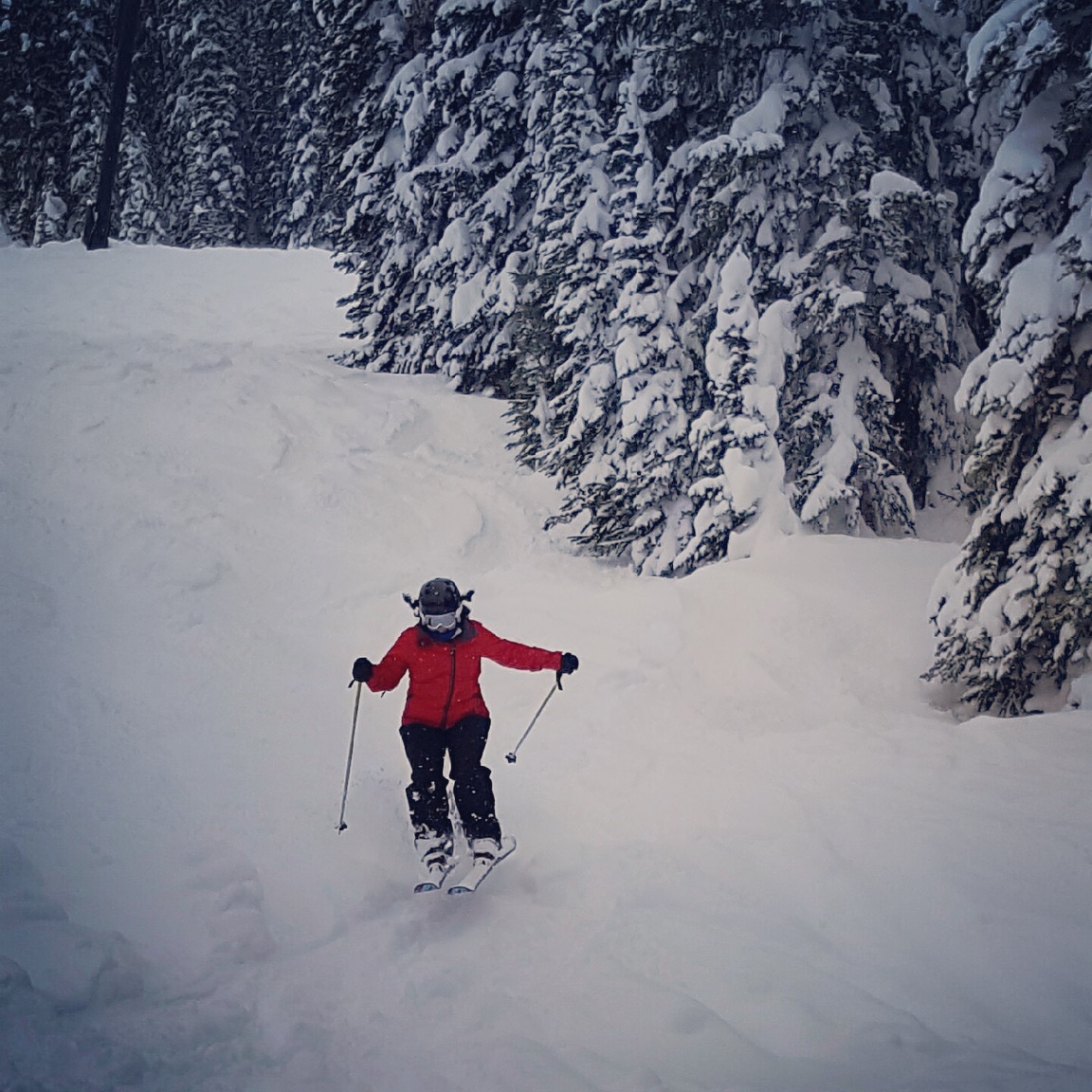
When she first started to study marine INPs, McCluskey tapped ARM data sets from the 2012–2013 Marine ARM GPCI Investigation of Clouds (MAGIC), a shipboard field campaign between California and Hawaii.
Later, in 2018 when working on the Southern Ocean Clouds, Radiation, Aerosol Transport Experimental Study (SOCRATES), she was often in the air on a research aircraft. Below the aircraft, in coordination with the SOCRATES flights, ARM instruments collected data sets aboard a ship as part of the Measurements of Aerosols, Radiation, and Clouds over the Southern Ocean (MARCUS) field campaign.
McCluskey is now using MARCUS data. “It’s such a valuable campaign because the data sets extend all the way to the ice edge that is associated with higher ocean biological activity,” she says of the 2017–2018 campaign that collected data from INPs and aerosol instrumentation, and remote sensing instruments.
“My priority is to enhance the impact of observations,” she adds. “The observational community spends so many hours and dedicates heart, soul, blood, sweat, and tears into observations for a good reason—to measure the world! How can we make sure that all of this effort, information, and knowledge influences the development of models?”
With a passion for bridging the gap between observationalists and modelers, McCluskey in 2020 decided to run for a seat on the ARM UEC. She not only won, becoming the UEC’s early career representative, but she joined her mentor and friend Burrows on the committee with a shared vision of the future.
Says McCluskey: “The questions we’re asking ourselves on the UEC are exactly the things we should be talking about: How can we increase engagement between ARM data sets and the modeling community? How do we make ARM data sets more accessible? And how can we maximize and build connections among current and future DOE scientists?”
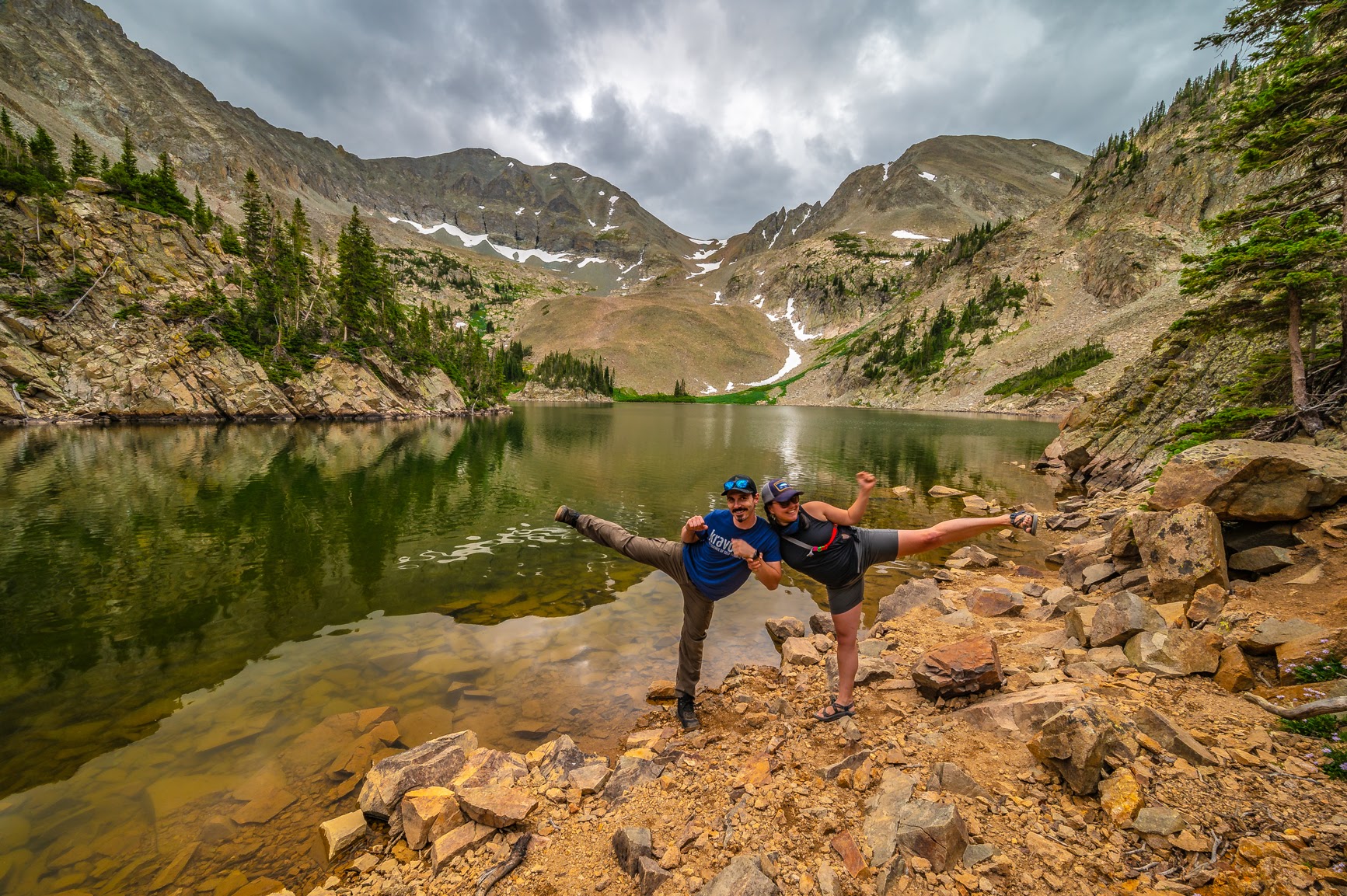
Making a Deal with Herself
Back when McCluskey started working toward her PhD, and seeing positive examples of work-life balance in her mentors, she made a deal with herself: “I live in Colorado with nature outside the door. I’m not willing to earn a PhD if I have to sacrifice my quality of life.”
She has kept that deal. After she earned her PhD, she added a first-degree black belt in taekwondo—something she and her husband, Andrew, enjoy together. They also like to cook for friends, have a shared love of weight training, camp in the nearby Rockies during the summer, and above all, ski Colorado’s high alpine slopes in winter.
“We really have an amazing life,” she concludes with a broad smile.
And she’s doing her part to better understand Earth’s thin blue line.
# # #Author: Mike Wasem, Staff Writer, Pacific Northwest National Laboratory
This work was supported by the U.S. Department of Energy’s Office of Science, through the Biological and Environmental Research program as part of the Atmospheric System Research program.

